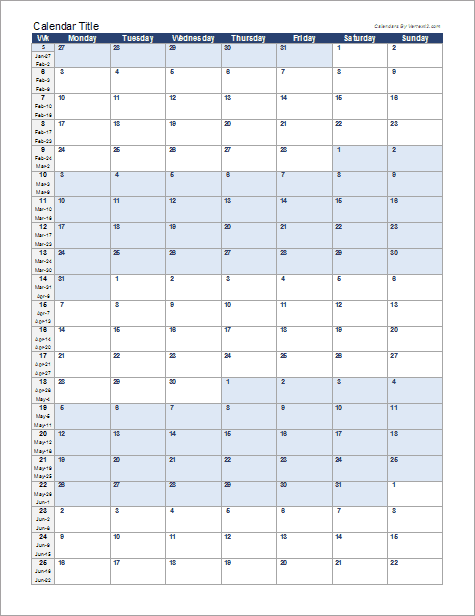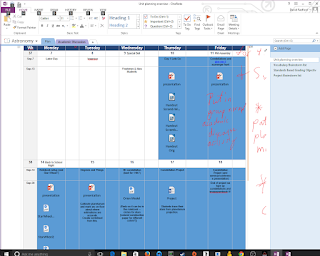- Develop a model based on evidence to illustrate the life span of the sun and the role of nuclear fusion in the sun’s core to release energy that eventually reaches Earth in the form of radiation.
- Construct an explanation of the Big Bang theory based on astronomical evidence of light spectra, motion of distant galaxies, and composition of matter in the universe.
- Communicate scientific ideas about the way stars, over their life cycle, produce elements.
- Use mathematical or computational representations to predict the motion of orbiting objects in the solar system.
- Evaluate evidence of the past and current movements of continental and oceanic crust and the theory of plate tectonics to explain the ages of crustal rocks.
- Apply scientific reasoning and evidence from ancient Earth materials, meteorites, and other planetary surfaces to construct an account of Earth’s formation and early history.
For my first unit, that is currently a week long, I've developed the following objectives:
- Night Sky
- Identify constellations visible in the night sky at a given time
- Identify ideal viewing times for a given object
- Correctly identify 5 constellations on an unmarked image
- Understand the relationship between the night sky and mythology (the constellation project project)
- Correctly measure distance between two objects in degrees
- Correctly locate an object based on its measurements.
- Identify difference between "near sky (planets, sun, moon)", stars, and deep sky

